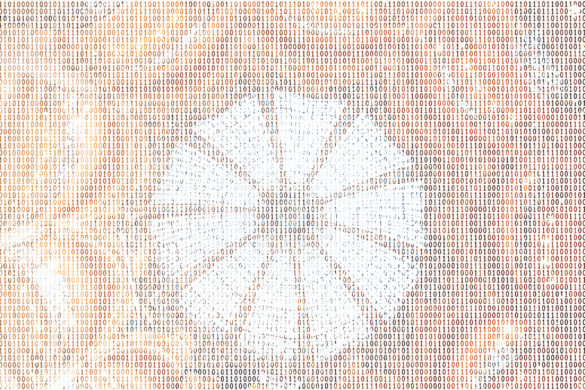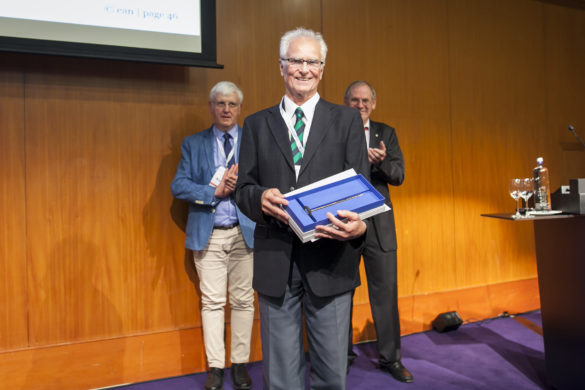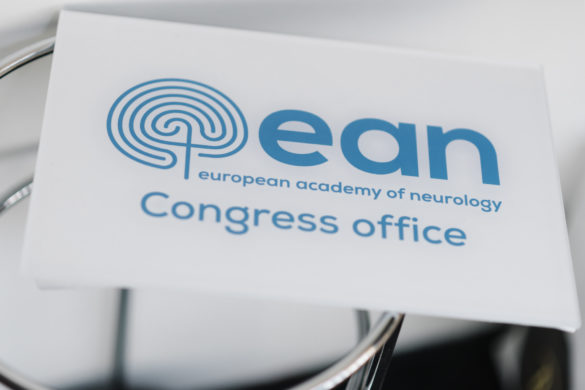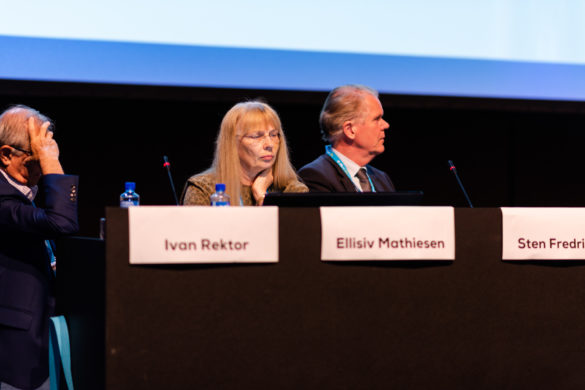Glia and epilepsy: pathophysiology, inflammation and new therapeutic possibilities
by Erik Taubøll
Chairpersons: Annamaria Vezzani, Milan, Italy. Erik Taubøll, Oslo, Norway
Urgent need for new treatment strategies in epilepsy
About one third of all epilepsy patients are not seizure free. This has not improved much over the last 50 years despite nearly 30 new antiepileptic drugs. It is therefore an urgent need for new treatment strategies.
Epilepsy research has largely focused on the most prominently affected cell type, the neurons, and all our antiepileptic drugs are targeted against neurons. Glia cells have until recently been more or less neglected in epilepsy research although they constitute more than half of the cells in the brain.
In the first lecture, Kjell Heuser (Norway) pointed out the important role of glia cells in both epileptogenesis and ictogenesis (seizure initiation) and their active role in modulating excitability in the brain. Using an intracortical kainate model in mice he demonstrated the close interaction between glia cells and neurons and showed that glia cells could be activated even before neurons in status epilepticus.
Dr Eleonora Aronica (the Netherlands) discussed the important role of inflammation in epileptogenesis and especially the immune function of astrocytes. Astrocytes is a source of cytokines (IL-1β, IL-6, TNF-α, TGF-β..) and chemokines (MCP-1..), components of the complement cascade. Astrocytes are therefore a key regulator of neuroinflammation and a possible target for new antiepileptic and maybe even true antiepileptogenic drugs. Promising results are emerging from both experimental studies and the first human reports.
Dr Peter Bedner (Germany) pointed out the crucial role of gap junctions for normal function in glia cells. In epilepsy patients with hippocampal sclerosis, there is more or less complete uncoupling of gap junctions. This is caused by proinflammatory cytokines. In his research, he treated mice either before or after status epilepticus with a drug that blocks TNFR1 signalling (XPro1595, which binds soluble TNFα and prohibits TNFR1-function). Then he was able to prevent gap junction uncoupling and attenuate development of chronic seizures and secondary sclerosis. Blocking astrocyte uncoupling by interfering with the inflammatory pathway TNFα/ TNFR1-signalling may thus be a new antiepileptogenic treatment strategy.
The passive role of glial cells described in the past is now overlaid with discoveries of crucial glial functions for normal CNS functioning which have changed focus to a more holistic neuro-glial viewpoint. The new understanding of the role and importance of glial cells in health and disease opens up for completely new therapeutic strategies in epilepsy, both as antiseizure medication and as the first true antiepileptogenic drugs.













